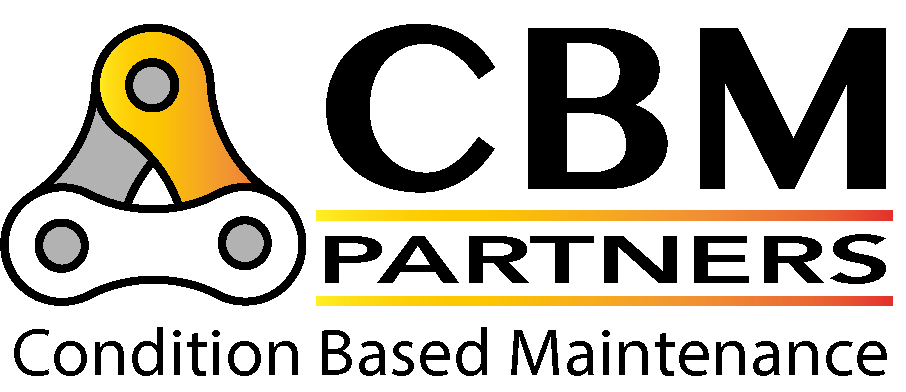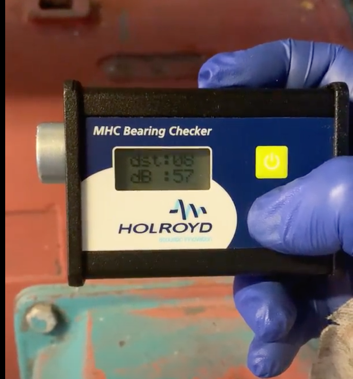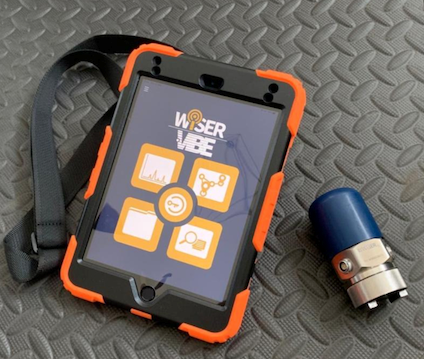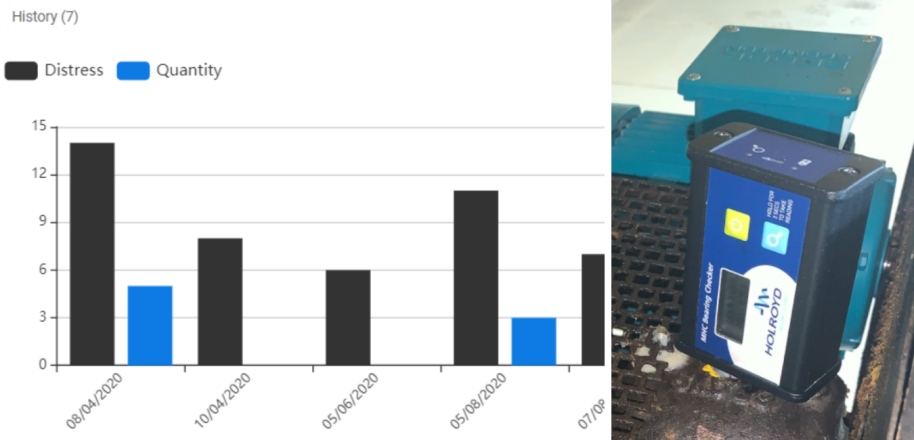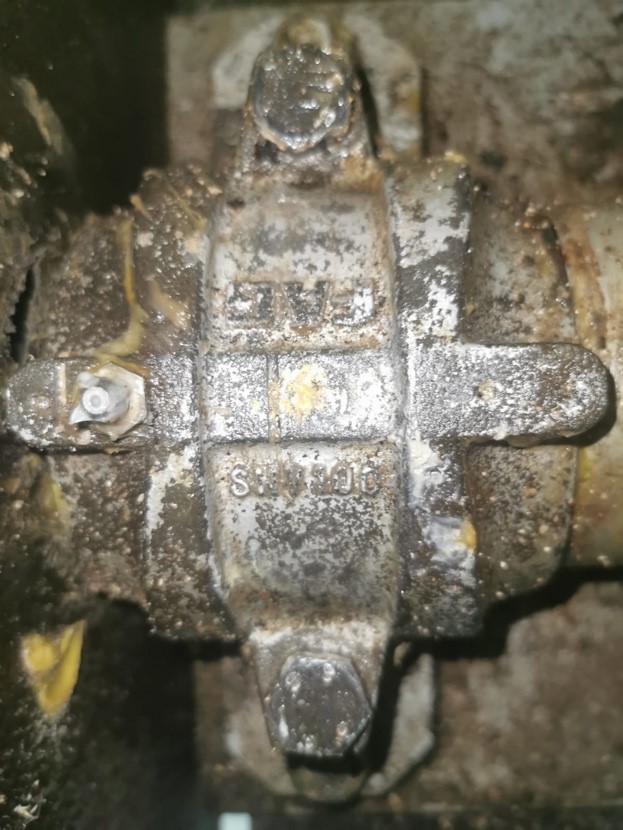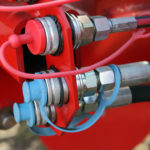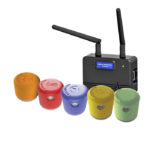Reliability Centred Lubrication in Action
Whilst completing scheduled Acoustic Emission Readings of all Oven Extract Fan Bearings one set of DE and NDE Bearings flagged up an unusual reading. Each Extract Fan is scheduled for monthly Distress readings to enable Reliability On-Condition Lubrication.
All Fans usually display a Distress (DST) reading of between 4-12 and a dB reading of 35-45. When the DST reading rises above 9-10 the bearings are lubricated. However, on reading one Extract Fan it displayed a DST reading of 3 and a dB reading of 65, significantly higher than usual. The reading was repeated to ensure it was accurate before recording these figures. Lubrication was provided but did not affect the reading after allowing settling time.
A sharp increase in a dB figure and a low DST figure usually indicates a problem has arisen within the component being monitored. In this case a Vibration reading was taken to follow up on the problem and further discover what the fault may be.
Vibration readings taken helped identify the fault with the bearings. After vibration analysis of the data, it was discovered that the bearings had an inner and outer race defects. Below is the Vibration Reading FFT with the bearing defect frequencies overlayed which indicate the defects. The Bearing Library Function allowed the Bearing number (SKF 219309) to be inputted and the specific Bearing Defect Frequencies to be overlayed on the FFT.
The Acoustic Readings and Lubrication activities are recorded and correlated with lubricant use in LUBEAPP:
Following discovery and further analysis, we suggested that the bearings should be changed soon to avoid complete failure of the unit. More regular Acoustic Emission and Vibration readings are now being taken to ensure no extreme level changes are detected which would indicate further damage and wear to the bearing.

Conclusion – Routine Lubrication assisted by Acoustic Emission verification can assist a Vibration Analysis program, improve machine reliability/productivity and avoid unplanned downtime.
“I have been wanting to integrate the machine condition data we have been collecting with the lubrication programme and this is proof that it works. Thanks Tom.” Site Maintenance Manager February 2021
Author: Tom Callison for CBM Partners Feb 2021
